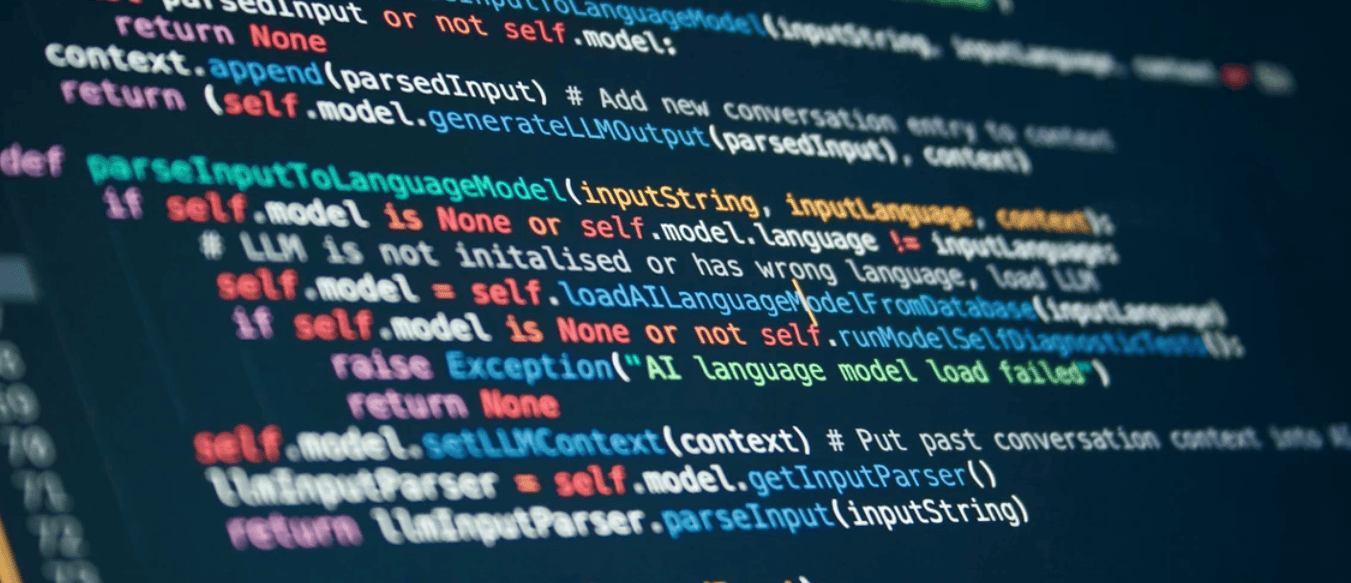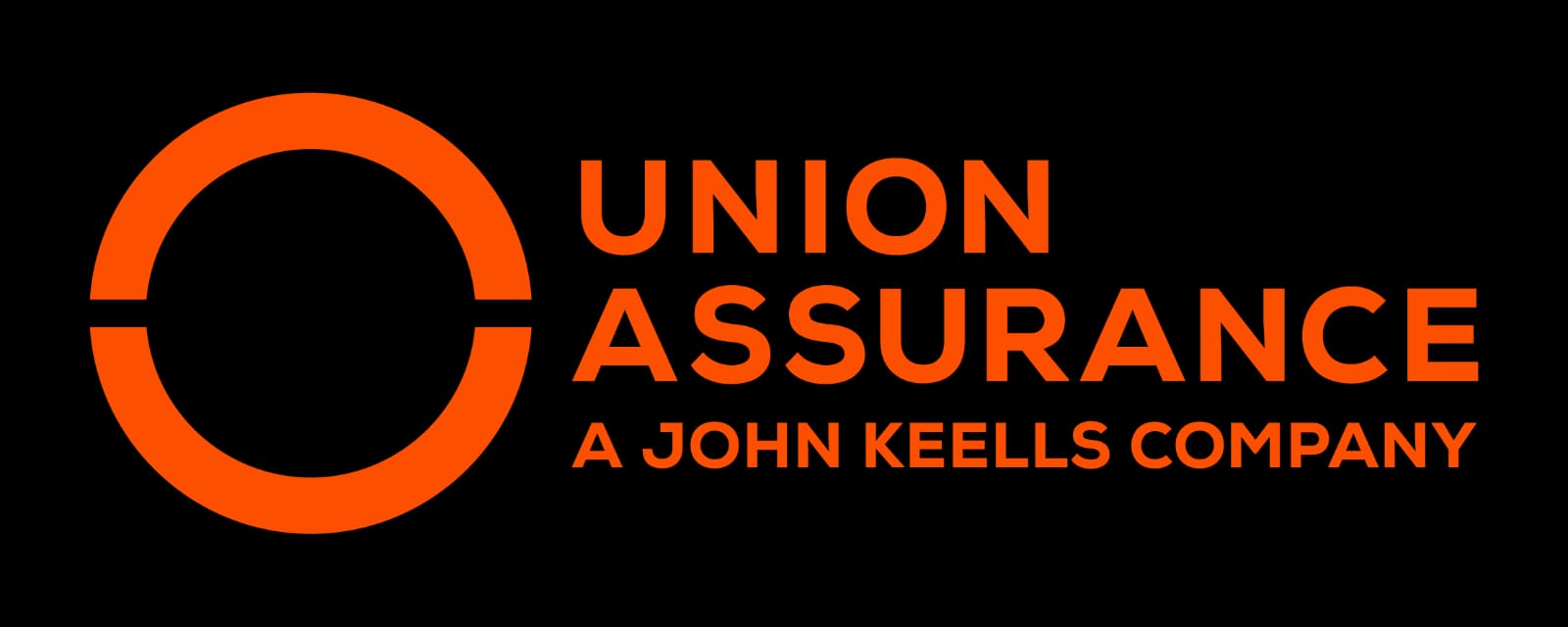Preferential college admission is gaining traction worldwide as a means to address inequality in higher education, drawing greater attention to the design of such policies. This column analyses a programme for disadvantaged high schools in Chile that offers guaranteed college admission to top-performing students. The programme increased enrolment in selective colleges but reduced pre-college academic effort and test scores as students incorrectly believed college admission was guaranteed. Addressing students’ misunderstandings could mitigate the negative incentive effects while preserving the policy’s enrolment benefits.
Around the world, preferential college admission policies have become central to addressing inequality in higher education. How to design such policies, especially test-optional ones (Dessein et al. 2023, 2025), has garnered increasing attention. While affirmative action based on race and ethnicity faces significant political and legal challenges in countries like the US (Feingold 2023), alternative policies such as per cent plans, which guarantee admission to students who are top performing in their schools, are gaining traction (Arcidiacono and Lovenheim 2016). Understanding how these policies work in practice – especially in terms of unintended behavioural responses – is crucial to evaluating their overall effectiveness.
In a recent study (Tincani et al. 2025), we shed light on these issues by analysing Chile’s Programa de Acompañamiento y Acceso Efectivo a la Educación Superior (PACE). This programme offers guaranteed selective college admission to students graduating in the top 15% of their high school class, specifically targeting disadvantaged schools. Our analysis combines evidence from a randomised controlled trial involving over 9,000 students with a structural model of student decision-making, providing insights into how preferential admissions shape students’ incentives while they are still in high school and their education outcomes.
Gains in college access, but with unintended consequences
PACE succeeded in significantly increasing enrolment in selective colleges, that is, the colleges participating in Chile’s centralised admission system. Students from treated schools saw an initial increase of 3.0 percentage points in first-year college enrolments, corresponding to a 35% increase relative to the control group (Figure 1). By the fifth year, the impact on continuous college enrolment was still positive, although it had gone down to 1.5 percentage points, or 30% relative to the control group.
Figure 1 Effect of PACE on admissions and on enrolment or graduation over time


Notes: The figure shows the estimated average treatment effects of being in a PACE school, exploiting the random allocation of schools to PACE. Effects are reported as changes in proportions. To interpret in percentage points, multiply by 100 (e.g. 0.041 = 4.1 percentage points). The enrolment variables capture continuous enrolment in or graduation from a selective college.
What explains the decline in enrolment effects over time? We find no evidence of worse selection based on observed ability: college entrants from treatment and control schools performed similarly on grade 10 standardised tests. Nor does the decline appear driven by changes in college programme characteristics such as selectivity, major, or location. However, college entrants from treated schools appeared to be less academically prepared. These findings highlight the importance of understanding how admission policies shape not only who goes to college, but also how they prepare for it.
A notable unintended consequence of the policy was a reduction in pre-college academic effort. As an effect of the introduction of PACE, students across the achievement spectrum invested significantly less time and effort in their high school studies, with measurable declines in achievement. This drop in effort did not stem from changes in beliefs about the pecuniary returns to college, which remained stable even though all students in PACE schools attended orientation classes about college. Nor do school-level factors appear to explain the decline: we find no evidence that the policy affected grading practices, teachers’ instructional focus or effort, or the availability of academic support classes.
Instead, our data reveal that students misunderstood the true implications of the preferential admissions policy. Using data on students’ subjective beliefs collected through surveys, we find systematic over-optimism about both their relative academic ranking and their absolute performance on the entrance exam (Figure 2). Additionally, students underestimated the importance of high school effort for college success. As a result, students who incorrectly believed college admission was guaranteed by PACE significantly reduced their academic effort during high school.
Figure 2 Belief errors about within-school rank and entrance exam score


Notes: This figure compares students’ subjective beliefs with their actual outcomes (school rank and entrance exam [PSU] score), by baseline within-school rank and standardised test scores (SIMCE). We collected belief data through a survey administered to students in the randomised controlled trial when they were still in high school. Actual outcomes are drawn from administrative records for the same students.
The crucial role of beliefs
To explore this mechanism further, we developed a structural model that explicitly incorporates students’ subjective beliefs and their choices regarding academic effort, exam-taking, and college enrolment. Simulations from the model clearly illustrate how these beliefs shape policy outcomes.
Our model shows that, under rational expectations, students would have recognised that the preferential admission policy increased – not decreased – the returns to studying in high school to secure admission, by making college admission more attainable. Similar positive incentive effects of preferential college admissions have been observed in the US (Akhtari et al. 2024, Golightly 2019). However, correcting all belief distortions of students in PACE schools, including their over-optimism about their chances of admission and college persistence, could unintentionally reduce their motivation. Our model simulations suggest a targeted approach: specifically addressing students’ misunderstandings about the importance of high school effort for college persistence could mitigate the negative incentive effects, while preserving the policy’s enrolment benefits.
This highlights that informational interventions need to be carefully designed. In the case of PACE, interventions aiming to inform students about the link between high school effort and college success have substantial potential to avoid unintended consequences.
Policy implications and broader considerations
Preferential admissions policies, whether based on high school rankings, socioeconomic criteria, or test-optional mechanisms, fundamentally alter students’ incentives. Policymakers must anticipate and actively manage potential unintended behavioural responses. In Chile, despite clear gains in initial access, these incentives led to decreased academic preparation in high school.
Given evidence that universities are central to economic growth and productivity (Van Reenen and Valero 2016), and can boost social mobility (Zimmerman 2018), carefully designing college admissions policies is critical. If preferential policies unintentionally diminish effort and preparedness, their efficiency and equity goals could both be compromised.
Well-designed admissions policies may also generate positive spillovers beyond targeted students. For example, when students gain access to college, younger peers and siblings may update their expectations and aspirations accordingly. Recent research shows that such peer and family spillovers can shape both field of study and college-going behaviour (Altmejd et al. 2021, Avdeed et al. 2024a,b). These potential multiplier effects reinforce the importance of getting policy design right – not only to support beneficiaries, but also to amplify broader impact.
Conclusion
Our research underscores the importance of considering behavioural incentives and subjective beliefs when designing preferential admissions policies. Policies that expand access should also preserve academic incentives and adequately prepare students for higher education. Simple informational interventions, if precisely targeted, can go a long way toward achieving these goals.
The broader lesson is clear: for educational policies to succeed, policymakers must consider not only formal rules but also the perceptions shaping students’ responses. Addressing these beliefs can help ensure that expanding access to higher education also leads to widespread and lasting positive outcomes.
Source : VOXeu



































































